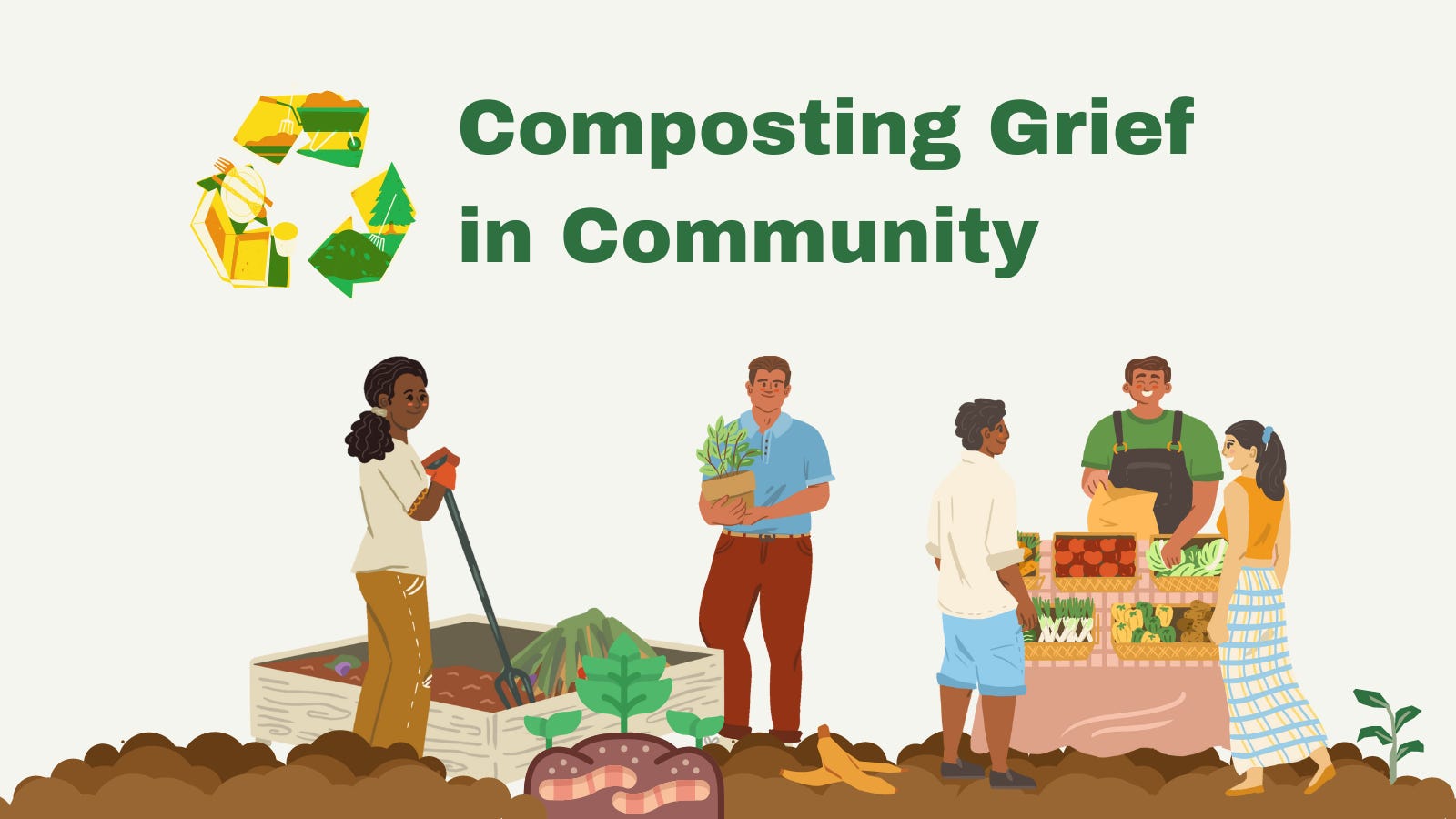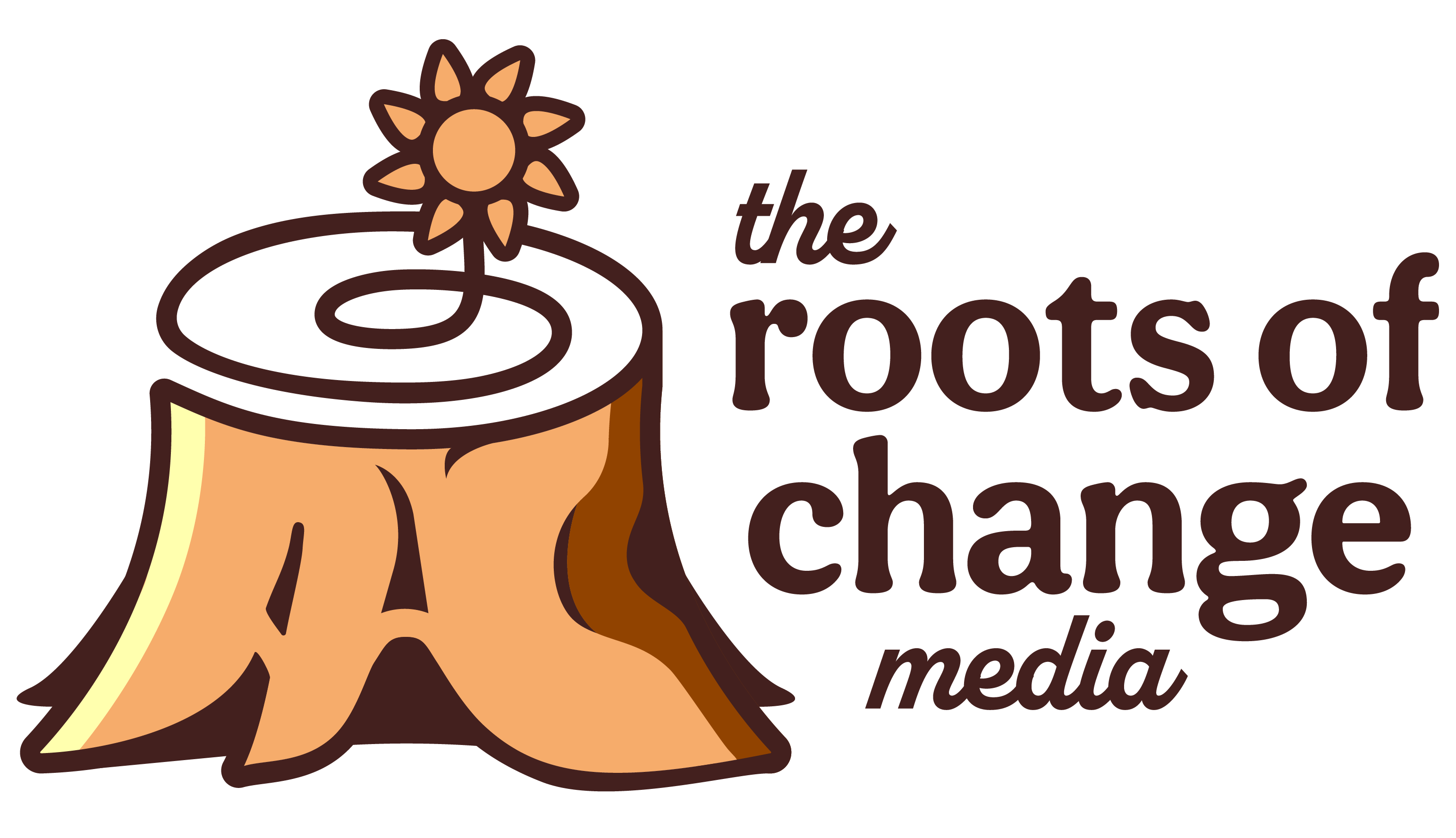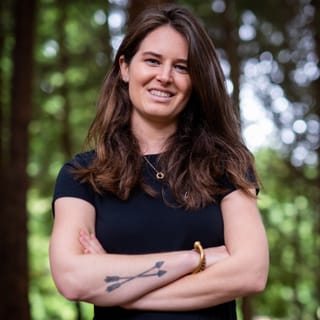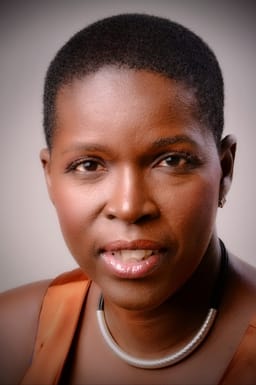🌱 Stepping into Healing through Community Care
Part III: Community Care vs. Capitalism
Table of Contents
🤓 Bite-Sized Knurd: By building grief practices that build closer ties to others, we’re able to process grief in a healthy way and come out collectively stronger.
In Case You Missed It: Collective Grief → Community Healing
Stepping into Healing through Community Care
Part III: Community Care vs. Capitalism
Read the full series: Parts I, 1b, II, III, IV
We are wired for connection.
It is our natural state to want to see and be seen by other people. It’s no surprise in an age of social media and a pandemic, we have fallen into a loneliness epidemic. Many people are unknowingly grieving how life altering the pandemic has been which is exacerbating our sense of detachment.
Grief can be an overwhelming emotion, which is why having community around is so vital whenever we are going through difficult times.
Holding collective grief in community with others allows us to compost this grief rather than spreading it to others. By building grief practices that help us ground ourselves and build closer ties to others around us, we are able to process the grief in a healthy way and come out collectively stronger on the other side.

Start with the Small Steps to Healing
Rather than going it alone, there are so many community practices that have helped our ancestors survive for centuries. I want to provide a few simple and practical examples of what community care can look like in your life, but there is so much more to dive into. Community care can be so expansive. For the sake of time, here are a few tips that have helped me through the last three years of a deadly pandemic.
Talk to a stranger
I don’t know about you, but if I’m having a low day, I don’t want to talk to anyone. The idea of expending the energy to speak to another human being can just be a little too much. While it’s really easy to pull the covers over your head and hibernate, talking to someone is typically going to help you move through any low periods.
When I was feeling especially claustrophobic by the stay-at-home period of the early pandemic, I actually found that talking with strangers was a huge mood booster. A quick good morning to your coffee barista or a chance encounter with a stranger in the park would give me hope during those uncertain days. Seeing another person’s humanness reminded me that we all experience hard days and that it won’t always be that way.
Walk with a buddy
Movement is an incredible superpower for all animals, including humans. It allows our bodies to healthily release hard emotions like anger, stay in the present moment, better regulate our nervous system, and focus our energies away from anxiety or depressive thoughts.
Plus “endorphins make people happy. And happy people just don’t shoot their husbands!”
So naturally, combining movement and company is a double benefit!
As a geriatric Millennial as evidenced by my movie tastes, I’ve come to love walking buddies. (Hi 👋🏽 to my walking buddies reading this!) It’s a perfect way for me to carve out quality time with my friends, connect with meaningful conversations, and get the benefits of nature and endorphins.
Join a community group that fits your interests
I feel like this is always on various advice lists, but sometimes that’s because it’s just good advice. Finding deeper connections when you’re an adult is not as easy as having a high school full of potential friends.
I found community groups have not only helped me make new friends, but I can also spend more time on old interests I didn’t have time for before. It’s fun to geek out with fellow geeks!
Gratitude Buddies!
There is so much bad news going on in the world that it can be easy for us to lose sight of what we’re grateful for.
That’s why I started a gratitude buddy practice with my best friend last year. The approach is simple. We’ve agreed to text each other daily (if possible) and share what we are grateful for. Sometimes it’s coffee and sometimes it’s an incredibly impactful therapy session. It doesn’t matter how big or small. It’s simply an opportunity to take a few moments to reflect and be grateful for our lives.
And the results could not be better! First, it’s an opportunity for us to stay more regularly connected to each other when we live far away. And that connection is more meaningful. It’s allowed us to be vulnerable with each other, follow up on hard conversations, and generally support each other's well-being in a more direct way.
Be vulnerable with someone you trust
Finally, it’s important to have an outlet to be truly vulnerable with someone.
Brené Brown LOVES vulnerability. According to her, vulnerability is “the birthplace of joy, creativity, belonging, and love.”
When we are vulnerable, yes we are taking risks by sharing our true feelings, but we are also more likely to get back what we are looking for. Which brings us back to connection.
True connection comes only when we are vulnerable. By exposing pieces of ourselves, it invites our loved ones to share pieces of themselves so that we may see each other fully. And it also means that our people can love us and support us in the best ways we need. When we connect authentically, we are better able to understand the root of our needs and ask for what we need.
To be vulnerable is to be alive. It means we experience the joys and pains of life. We are putting ourselves out there and receiving what we need.
Disclaimer: community care is not a replacement for seeking professional support for grief, depression, or any other mental health concerns. Please seek out a therapist, psychologist, or another healthcare professional as needed.
the roots of change agency Newsletter
Join the newsletter to receive the latest updates in your inbox.




